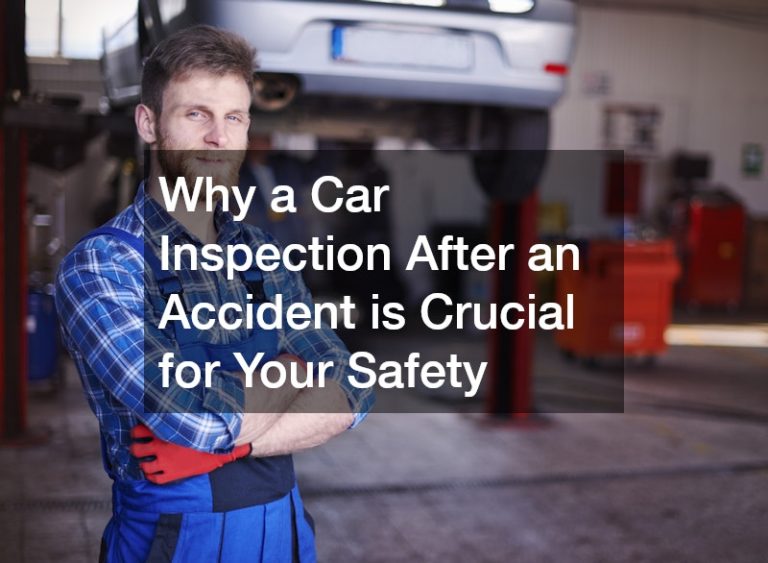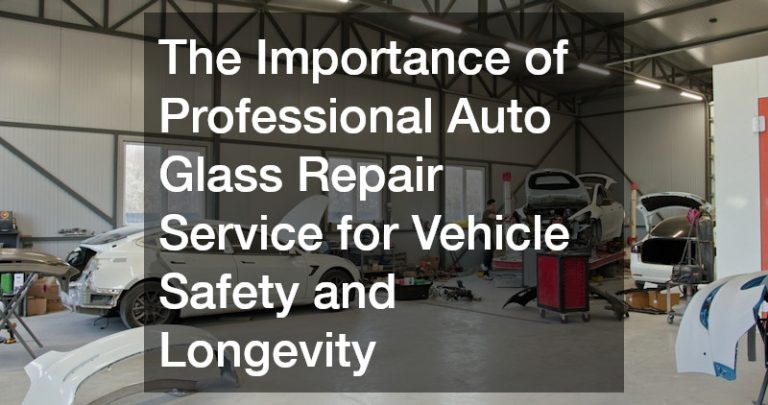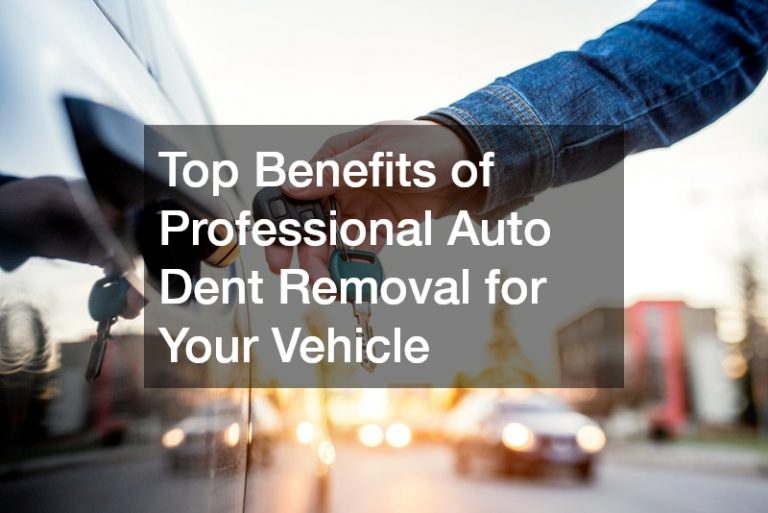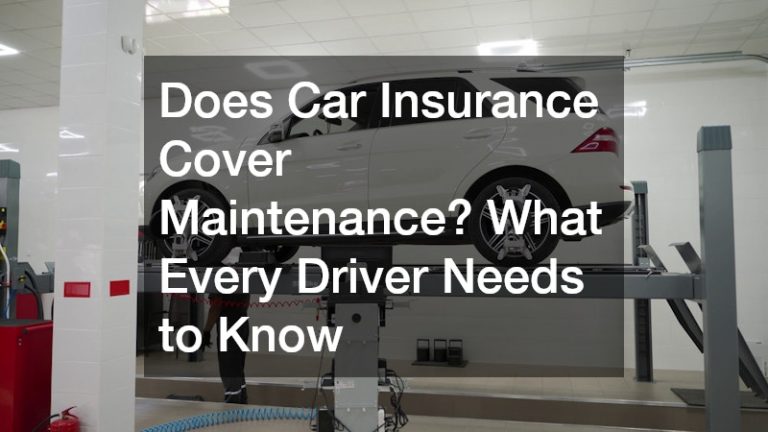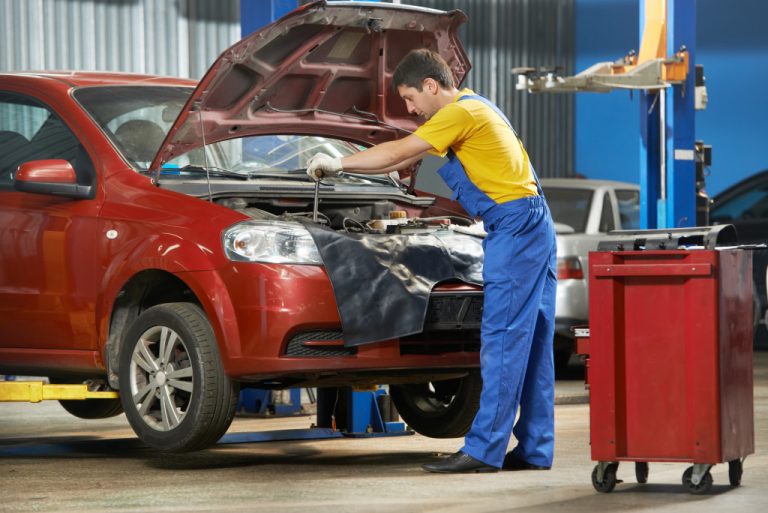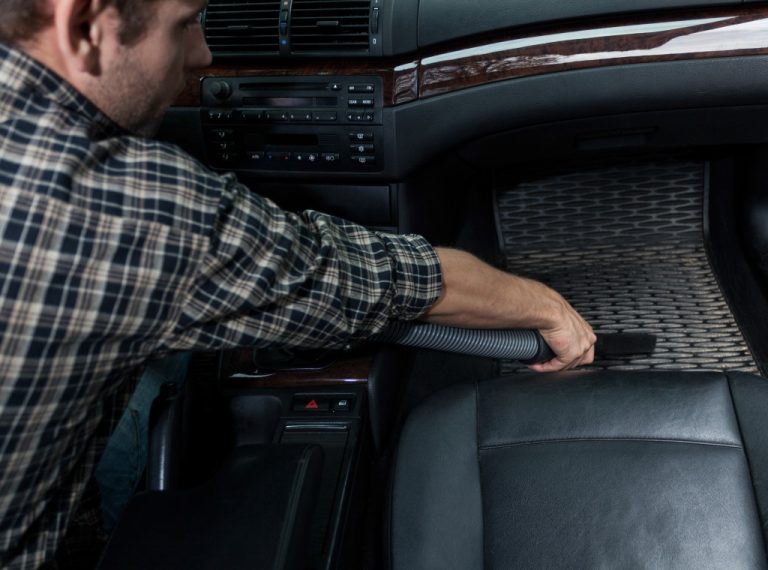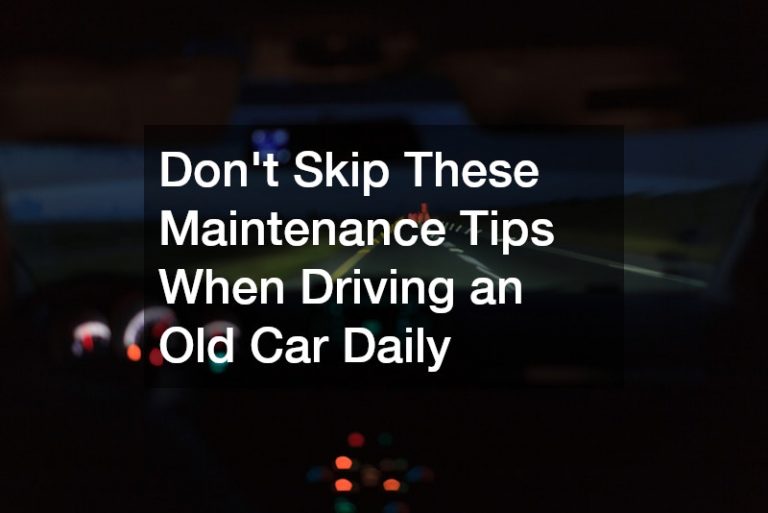Introduction
Accidents on the road occur unexpectedly, often taking drivers by surprise and causing varying degrees of damage. Whether it’s a minor fender-bender or a serious multi-vehicle collision, the immediate aftermath can be overwhelming and stressful. Yet, navigating the road to recovery doesn’t have to be chaotic. Each auto collision requires a systematic approach to restore your vehicle to its pre-accident condition, ensuring both safety and functionality. In this article, we will delve deeply into the essential process following an auto collision, emphasizing the crucial importance of a comprehensive car inspection after an accident. This inspection is more than just a simple check-up—it serves as a diagnostic tool to uncover potential hidden issues that may not be immediately visible, yet could compromise your car’s safety, performance, or long-term durability.
From handling insurance claims to determining the necessary repairs, understanding what happens during a car inspection after an accident is vital for ensuring your vehicle is safe to drive again. In many cases, seemingly minor damages could conceal serious structural or mechanical problems that only a qualified inspection can uncover. Additionally, this article will explore other related considerations, including how to choose the right service center, the role of legal advice when dealing with claims, and how to evaluate the financial feasibility of repairing versus replacing your vehicle. By following a methodical approach and prioritizing both safety and efficiency, you’ll be empowered to manage the complexities of the aftermath of a car accident, giving you the best chance to return your vehicle to optimal condition and get back on the road with confidence. Whether you’re dealing with a straightforward repair or weighing the costs of a total loss, this guide will ensure you understand the steps and processes necessary for making informed decisions about your car’s future.
What to do After an Accident?
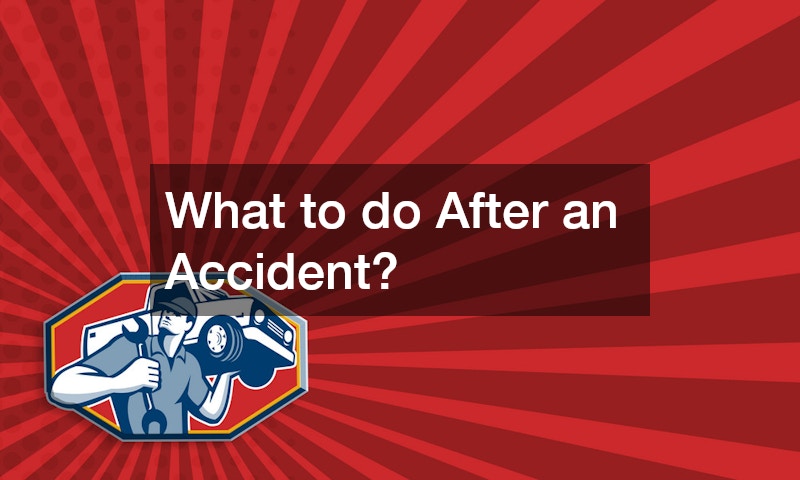
Auto collisions can be distressing, making the immediate aftermath crucial to handle carefully. First and foremost, ensure the safety of all involved by moving vehicles off the road, if possible, and checking for physical injuries. Once the scene is secure, promptly contact emergency services to file an accident report, which becomes vital documentation for claims.
A critical step following auto collisions is assessing the damage to your vehicle. Begin by examining the structural integrity, with particular emphasis on potential risks that might compromise your safety. After initial assessments, a car inspection after an accident becomes essential to thoroughly evaluate hidden damage that might not be apparent immediately.
Documentation is key in effectively managing the aftermath of auto collisions. Gather photographic evidence of damages and exchange information with other parties involved. This not only aids in a car inspection after an accident but also supports insurance claims and any potential legal action.
Where Should Your Car Go?
Towing is often required post-accident, especially if the vehicle is severely damaged or immovable. It’s crucial to choose a reputable towing service that securely transports your vehicle to your preferred repair shop or inspection center. Proper towing minimizes additional damage and ensures safe transit.
After being towed, the next step is a comprehensive car inspection after an accident. Qualified mechanics employ a detailed checklist to identify both apparent and hidden damages. This evaluation determines the scope of necessary repairs, estimating costs and timelines for restoration.
Choosing the right service center for a car inspection after an accident depends on various factors such as proximity, reputation, and expertise. Ensure that the facility you choose specializes in post-collision assessments, leveraging experienced auto mechanics to guarantee accurate diagnostics.
What is Inspected?
The initial phase of a car inspection after an accident focuses on structural damages. Mechanics assess the vehicle’s frame, alignment, and any potential impact on the car’s foundation. This ensures safety and avoids underlying issues that could lead to further complications.
Attention then turns to auto accessories, evaluating their condition and functionality. From infotainment systems to airbags, these components must function correctly post-inspection. Ensuring their operation is a key step in bringing the vehicle back to pre-accident condition.
Lastly, mechanics conduct a thorough check of vital mechanisms such as the engine, transmission, and suspension. This section of the car inspection after an accident ensures there are no lingering effects that might hinder the performance or safety of your vehicle.
Necessary Repairs Before Getting Back on the Road
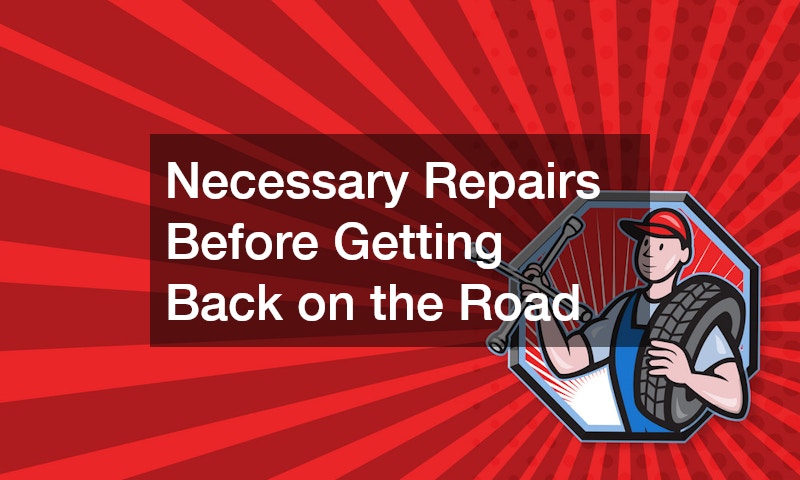
Brakes are crucial for safety, and any accident can compromise their efficiency. Part of the car inspection after an accident includes assessing the braking system and identifying any need for brake repairs or replacements. This process ensures that stopping power is restored, which is paramount for driver and passenger safety.
In addition to brake repairs, mechanics will check the vehicle’s lights, steering, and suspension systems. These components speak to the overall drivability of the car and are essential to address before returning your vehicle to normal use. Repair or replacement of any defective parts is non-negotiable for road safety.
The car inspection after an accident also includes evaluating cosmetic damage such as dents, paint scratches, and broken glass. While these might not affect functionality directly, repairing them restores the vehicle’s aesthetic and prevents further deterioration, such as rusting.
Check Your Coverage
Navigating automobile insurance in the wake of an accident can be complex. Understanding your policy coverage is essential to leverage financial support for repairs. Insurance often covers a significant portion of the costs related to the car inspection after an accident and subsequent repairs.
Contact your insurance company promptly, providing them with all necessary documentation and evidence gathered following the accident. A complete car inspection after an accident report will aid in processing your claims, detailing the extent of damages and required financial compensation.
Always review your policy limitations and deductibles. This knowledge prepares you for any out-of-pocket expenses and helps you negotiate effectively with insurers. Additionally, understanding what is covered allows you to focus on repairs that are vital for both safety and compliance with your policy terms.
An Attorney Can Help With Repair Costs
Sometimes, the complexities of insurance claims require legal intervention. A car accident lawyer offers assistance in securing funds for repair costs, especially when disputes arise regarding liability or coverage amounts. Their expertise can expedite claim processes and maximize your entitlements.
Legal counsel may also be necessary when negotiations with insurance companies reach an impasse. A car accident lawyer can mediate these dealings, ensuring a fair resolution that adequately addresses the costs uncovered by the car inspection after an accident.
In scenarios where another party is at fault, a car accident lawyer can help file claims against their insurance. This procedure often results in quicker settlements, covering damages identified in the comprehensive inspection.
When To Get a New Car

Post-collision, some vehicles are declared totaled, leading owners to consider acquiring new transportation. Assessing cost versus benefit is crucial, comparing repair quotes against auto repair services. This decision often follows the results of a car inspection after an accident, identifying irreparable damages or prohibitively expensive fixes.
Opting for a new car is sometimes more economical when factoring in safety, reliability, and value retention. Auto repair services offer estimates, but when costs approach or exceed the vehicle’s current value, replacement becomes a financially sound choice.
However, transitioning to a new vehicle involves deliberation on insurance settlements, loan payoffs, and potential upgrades. Balancing these factors, alongside the detailed outcomes from a car inspection after an accident, helps in making an informed decision.
How Long do Repairs Take?
The duration of repairs depends on several elements, prominently dictated by the severity of the damage assessed in the car inspection after an accident. Minor repairs can be resolved within days, whereas extensive bodywork or part replacements can stretch to weeks.
Availability of parts plays a pivotal role in repair timelines. If certain components are rare or specialized, delays in procurement can lengthen restoration periods. It’s advisable to consult with your auto mechanic for accurate timelines based on specific needed repairs.
Factors like shop workload, insurance approvals, and unforeseen complexities also influence repair durations. Constant communication with your repair provider and insurance company keeps you informed of any changes to the expected return-to-road schedule.
Windshield Safety and Replacement
A compromised windshield is a common issue post-collision, requiring immediate attention. Auto glass companies specialize in assessing these damages, offering repairs or full replacements as part of the car inspection after an accident protocol.
Windshield integrity is crucial for visibility and cabin protection. Damages left unchecked can worsen, impair visibility, and compromise safety. Timely assessments by auto glass companies prevent these risks.
The replacement process involves technology and precision fitting, ensuring the new windshield adheres to safety standards. Verify the expertise of your chosen provider to ensure the installation meets structural requirements and reinstates the vehicle’s original safety features.
Keeping You on the Road

Tires are fundamental to vehicle performance and safety, often checked during a car inspection after an accident. Worn or damaged tires need immediate replacement to maintain traction and handling, crucial for safe driving.
Routine checks shouldn’t just end at the inspection but continue post-repair to ensure longevity and performance. Regular tire rotations, alignments, and pressure checks help maintain proper function and efficiency.
Investing in high-quality tires extends the life of your vehicle and enhances road performance. Consulting with specialists ensures you select the appropriate type for your vehicle and driving conditions.
Conclusion
The aftermath of an auto accident is undoubtedly a stressful experience, but knowing the proper steps to take—especially when it comes to a comprehensive car inspection after an accident—can significantly ease the burden. A thorough inspection is not just about ensuring that your vehicle looks good again; it’s about ensuring that it is safe, functional, and roadworthy. While visible damage such as dents, scratches, and broken glass might be obvious, more serious issues can lurk beneath the surface. A skilled mechanic will inspect critical areas such as the frame, suspension, engine components, and safety features to ensure they’ve not been compromised in the collision. A well-documented and thorough car inspection after an accident can also help protect you in the event of future legal or insurance disputes, giving you leverage in your claims.
Taking time to address both cosmetic and structural damage will also prevent further complications down the line. For instance, even a small dent could cause rust to form if left untreated, which could lead to more extensive repairs in the future. In the same vein, ensuring that the vehicle’s safety features—such as airbags, seatbelts, and crumple zones—are fully functional post-collision is critical for your safety. Getting these repairs done early will ensure that you’re not putting your well-being at risk when you get back on the road.
Navigating the complexities of insurance claims, repair costs, and legal considerations can also be confusing. Having a clear understanding of what’s covered under your insurance policy and what’s not, as well as knowing when to consult a lawyer or mechanic, can save you both time and money. Insurance companies often aim to minimize payouts, so working with a legal expert can ensure you get the compensation you deserve. Similarly, understanding the costs of repair versus replacement can help you make an informed decision if your car is deemed a total loss. In some cases, opting for a new vehicle might be more cost-effective in the long run, especially if repair costs exceed the car’s current value.
Ultimately, whether you’re repairing your vehicle or deciding to replace it, the goal is to restore your car to a condition where you can drive confidently and safely again. By following a well-structured process and addressing every step—insurance claims, legal advice, and, of course, the car inspection after an accident—you can ensure that you not only restore your vehicle but also protect yourself financially and legally. The road to recovery after an accident may not always be easy, but with the right knowledge and guidance, you’ll be able to navigate the process with confidence and return to the road safely.

